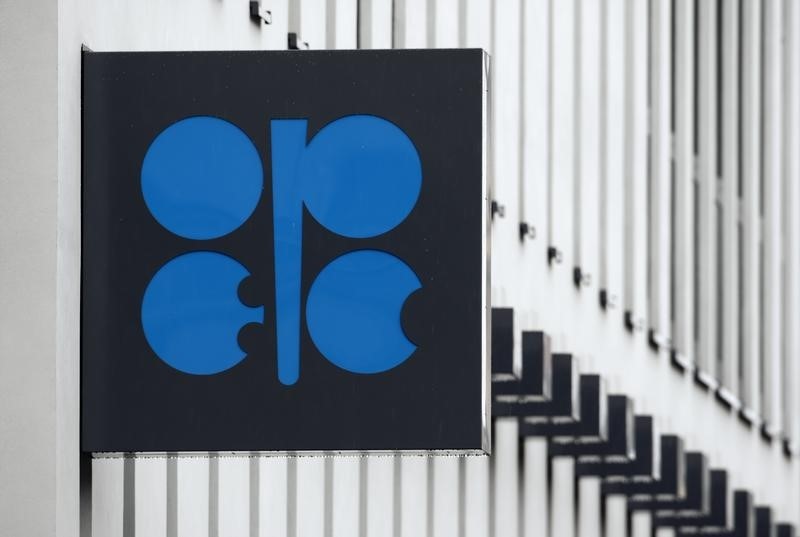SINGAPORE (Reuters) – Oil prices inched up on Tuesday after an OPEC report said market fundamentals remained strong and due to concerns supplies might be disrupted as the U.S. cracks down on Russian oil exports.
futures rose 33 cents, or 0.4%, to $82.85 a barrel by 0113 GMT. U.S. WTI crude futures were also up 33 cents, or 0.4%, at $78.59 a barrel.
In its monthly report, the Organization of the Petroleum Exporting Countries blamed speculators for a recent drop in prices. It also slightly raised its 2023 forecast for growth in global oil demand and stuck to its relatively high 2024 prediction.
Last week, oil prices slid to their lowest level since July, hurt by concerns that demand could wane in in top oil consumers U.S. and China. Chinese consumer prices swung lower in October to levels not seen since the COVID-19 pandemic and exports for the month contracted more than forecast.
“The recent bearish sentiment moved OPEC to reiterate its view that global supply balances are tight, and consumption is healthy,” ANZ Research analysts said in a Tuesday note.
Renewed talks in Iraq to restart an oil pipeline however could be a headwind for the market, the note also said.
Iraq’s oil minister expects to reach an agreement with the Kurdistan Regional Government and foreign oil companies to resume oil production from the Kurdish region’s oilfields and resume northern oil exports through the Iraq-Turkey pipeline.
Turkey has halted 450,000 barrels per day (bpd) of northern exports through the Iraq-Turkey pipeline since March 25 after an International Chamber of Commerce arbitration ruling.
Oil prices were also supported by a U.S. crackdown on Russian oil exports, potentially disrupting supply.
The U.S. Treasury Department has sent notices to ship management companies requesting information about 100 vessels it suspects of violating Western sanctions on Russian oil, the biggest step by Washington since an imposed price cap to restrict oil revenues to Moscow.
Additionally, the U.S. energy department plans to buy 1.2 million barrels of oil to help replenish the Strategic Petroleum Reserve after selling the largest amount ever from the stockpile last year.
Focal points for the market include the International Energy Agency’s latest monthly oil market report later in the day.
U.S. inflation data will also be published on Tuesday, while U.S. producer price index data is due on Wednesday.
(This story has been corrected to state that the US plans to buy oil for the reserve, not that it has bought oil, after Dept. of Energy corrected its statement in paragraph 11)
Read the full article here















